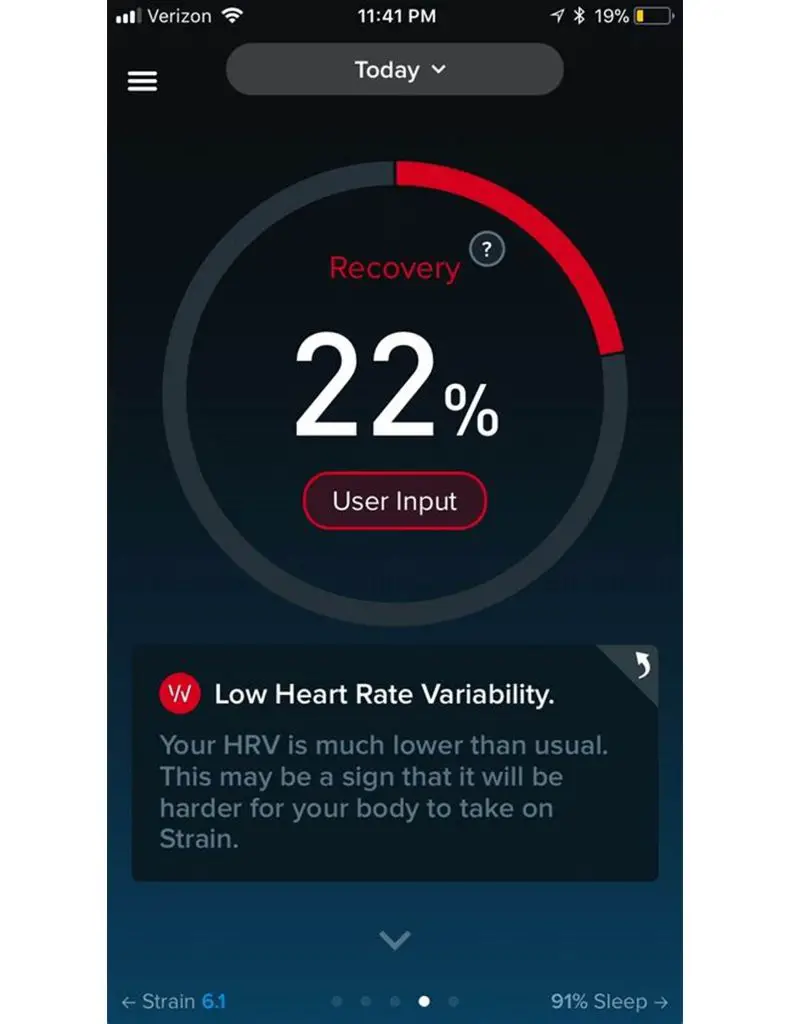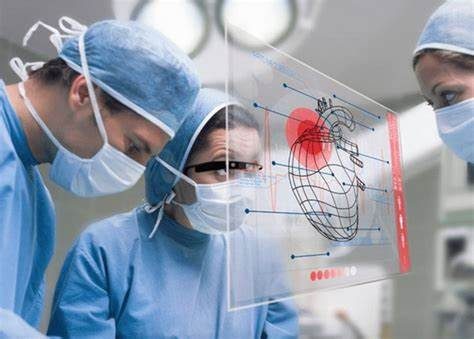Wearable technology has evolved beyond basic fitness tracking to become a powerful tool for detecting early signs of diseases. Devices like smartwatches, fitness bands, and biosensors are now capable of monitoring critical health metrics in real time, helping users and healthcare professionals identify potential health issues before they become serious.

The role of wearable tech in remote patient monitoring is becoming increasingly significant in modern healthcare. These devices enable continuous observation of vital signs such as heart rate, blood oxygen levels, and sleep patterns, even outside clinical settings. This real-time data allows healthcare providers to track patient conditions more effectively, intervene sooner when necessary, and reduce the need for frequent hospital visits—especially for those managing chronic illnesses at home.
How Wearable Tech Detects Early Signs of Diseases
1. Heart Disease and Irregular Heart Rhythms
Many smartwatches, such as the Apple Watch and Fitbit Sense, now feature electrocardiogram (ECG) sensors capable of detecting abnormal heart rhythms, including atrial fibrillation (AFib). Since AFib significantly increases the risk of stroke, having the ability to monitor heart activity in real time through wearables empowers users to catch warning signs early and consult healthcare professionals before serious complications occur.
How wearable devices are transforming sports and fitness training is also evident in the way athletes and fitness enthusiasts now approach performance and recovery. These devices track key metrics such as heart rate zones, VO₂ max, and muscle fatigue, enabling data-driven training routines. Coaches and users alike can fine-tune workouts, avoid overtraining, and enhance recovery strategies based on personalized insights—revolutionizing how people train and compete.
2. Respiratory Issues and Blood Oxygen Levels
Wearable devices with SpO2 sensors can monitor blood oxygen levels, helping detect conditions such as sleep apnea, chronic obstructive pulmonary disease (COPD), and even early symptoms of respiratory infections like COVID-19. When oxygen levels drop below a healthy range, these wearables can alert users to seek medical evaluation.
3. Blood Sugar Monitoring for Diabetes
Traditional glucose monitoring requires finger-prick tests, but wearable continuous glucose monitors (CGMs) like the Freestyle Libre and Dexcom G6 provide non-invasive, real-time glucose tracking. These devices help diabetics manage their condition more effectively and alert users to early signs of hyperglycemia or hypoglycemia.
4. Detecting Stress and Mental Health Concerns
Wearables like the WHOOP Band and Fitbit Sense track heart rate variability (HRV) and cortisol levels, which can indicate high stress, anxiety, and even early symptoms of depression. By monitoring these metrics, individuals can take proactive steps to manage their mental health.
Success Stories in Wearable Disease Detection

- Apple Watch Detecting AFib: Numerous users have reported receiving AFib alerts from their Apple Watches, leading them to seek medical attention and prevent serious heart complications.
- WHOOP and COVID-19 Detection: The WHOOP Band detected early respiratory changes in users who later tested positive for COVID-19, demonstrating the potential of wearable devices in pandemic response efforts.
Challenges and Future Potential
While wearable technology shows immense promise, challenges remain. Current consumer-grade wearables may not always meet medical standards for accuracy, which can result in false positives or missed detections. Additionally, concerns about data privacy and security must be addressed to maintain user trust and ensure compliance with healthcare regulations.
As AI and sensor technology continue to advance, wearable devices are expected to become more precise and capable of identifying a broader spectrum of health conditions. Upcoming innovations may include non-invasive blood pressure monitoring, early indicators of cancer, and sensors that track hydration levels in real time.
The science behind wearable health trackers: how accurate are they? This question remains central to their widespread adoption. While these devices are becoming more sophisticated, accuracy can vary based on sensor type, placement, and user activity. Ongoing research and clinical validation are essential to bridge the gap between consumer convenience and medical reliability, ensuring that wearables can serve both wellness goals and clinical purposes effectively.
Conclusion
Wearable devices are proving to be valuable tools for detecting early signs of diseases, offering users proactive insights into their health. While they should not replace professional medical diagnosis, they serve as an important step in preventive healthcare. As technology continues to advance, wearable devices will likely play an even greater role in disease detection, potentially saving lives through early intervention.